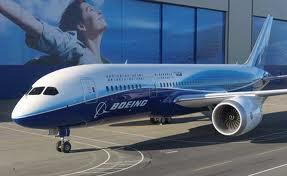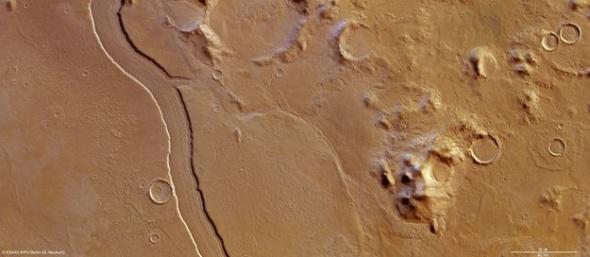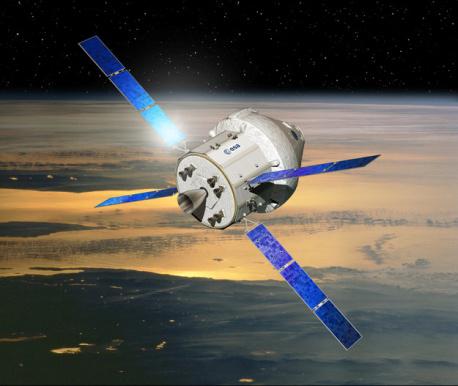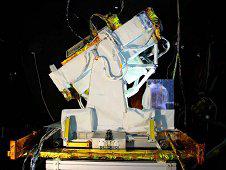NEWS
Boeing 787- Dreamliners grounded over fire risk
Aviation authorities around the world have ordered airlines to stop flying their Boeing 787s until they can show they've fixed a fire risk linked to battery failures aboard the closely watched Dreamliners.
The U.S. Federal Aviation Administration said Wednesday that the planes should stay on the tarmac following an emergency landing in Japan this week that prompted that country's two major airlines to ground their fleets of 787s, and a similar problem aboard a Dreamliner on the ground in Boston nine days earlier.

Source: CNN (link: http://edition.cnn.com/2013/01/17/travel/dreamliner-faa/index.html)
Airbus reports record deliveries in 2012
Airbus refused to be drawn into the problems afflicting Boeing Co.'s Dreamliner plane as it reported a record number of deliveries for last year.
Speaking to reporters at the company's annual commercial results presentation Thursday, Airbus Chief Executive Fabrice Bregier says it wasn't his place to "give Boeing lessons" and noted that the European aircraft maker has had problems of its own "in the past."
Airbus said it plans to increase production again this year to deliver more than 600 aircraft from 2012's 588, while taking in new orders for at least 700 jets. In 2012, it took in orders for 914 new jets, above expectations.

Source: CBSNews.com (link: http://www.cbsnews.com/8301-505123_162-57564431/airbus-reports-record-deliveries-in-2012/)
The position of the Romanian Space Agency with respect to Romanian contribution and benefits as an ESA member state
Starting from 2011, Romania became the 19th member state of the European Space Agency (ESA), being represented by the Romanian Space Agency (ROSA), as per Law 262 of December 7th, 2011. Romania's joining of the ESA is the result of many years of efforts initiated by ROSA since 1992, when Romania was one of the first East European countries to sign a cooperation agreement with ESA in the field of peaceful utilization of space. One of the most important benefits of joining the ESA is the development of Romanian industry and national economy. One of the basic operating principles of ESA is that any leu invested in ESA as membership fee will return to the country as ESA grants for Romanian suppliers.

Source: ROSA (Romanian only) (link: http://www.rosa.ro/index.php/en/communication/571-poziia-ageniei-spaiale-romane-cu-privire-la-contribuia-i-beneficiile-romaniei-in-calitate-de-stat-membru-esa-.html)
Reull Vallis: a river ran through it
ESA’s Mars Express imaged the striking upper part of the Reull Vallis region of Mars with its high-resolution stereo camera last year.
Reull Vallis, the river-like structure in these images, is believed to have formed when running water flowed in the distant Martian past, cutting a steep-sided channel through the Promethei Terra Highlands before running on towards the floor of the vast Hellas basin.
This sinuous structure, which stretches for almost 1500 km across the martian landscape, is flanked by numerous tributaries, one of which can be clearly seen cutting in to the main valley towards the upper (north) side.

Source: ESA (link: http://www.esa.int/Our_Activities/Space_Science/Reull_Vallis_a_river_ran_through_it)
ESA workhorse to power NASA’s Orion spacecraft
ESA agreed with NASA on January 16th, 2013, to contribute a driving force to the Orion spacecraft planned for launch in 2017. Ultimately, Orion will carry astronauts further into space than ever before using a module based on Europe’s Automated Transfer Vehicle technology.
Automated Transfer Vehicles (ATVs) have been resupplying the International Space Station since 2008. The fourth in the series, ATV Albert Einstein, is being readied for launch this year from Kourou, French Guiana.
The ATV-derived service module, sitting directly below Orion’s crew capsule, will provide propulsion, power, thermal control, as well as supplying water and gas to the astronauts in the habitable module.

Source: ESA (link: http://www.esa.int/Our_Activities/Human_Spaceflight/Research/ESA_workhorse_to_power_NASA_s_Orion_spacecraft)
ESA SOLAR instrument operational on the International Space Station
The International Space Station turned itself to position the European Space Agency's SOLAR instrument for a better view of the sun. It was the first time the station changed attitude for scientific reasons alone. SOLAR has been monitoring the sun's output since it was installed on the Columbus laboratory in February 2008. SOLAR needs to be in direct view of the sun to take measurements, but the space station's normal orbit obscures the view for two weeks every month. This station turn will increase science by allowing researchers to record a complete rotation of the sun, which takes around 25 days. SOLAR's observations are improving our understanding of the sun and allowing scientists to create accurate computer models to predict its behavior.

Source: NASA (link: http://www.nasa.gov/mission_pages/station/research/news.html http://www.nasa.gov/mission_pages/station/research/news.html)
-
AAAR Meetings (Romanian only)
General Meeting
PV 1 din 18.02.2006
PV 2 din 25.03.2006
PV 3 din 25.03.2006
PV 4 din 18.11.2006
PV 5 din 27.01.2007
PV 6 din 19.04.2008
PV 7 din 06.12.2008
PV 8 din 16.01.2010
Raport Activitate 2006 - 2009
Management Council
PV 1/09.11.2007
PV 2/28.03.2008
PV 3/23.05.2008
PV 4/.10.2008
PV 5/07.12.2008
PV 6/16.01.2010











